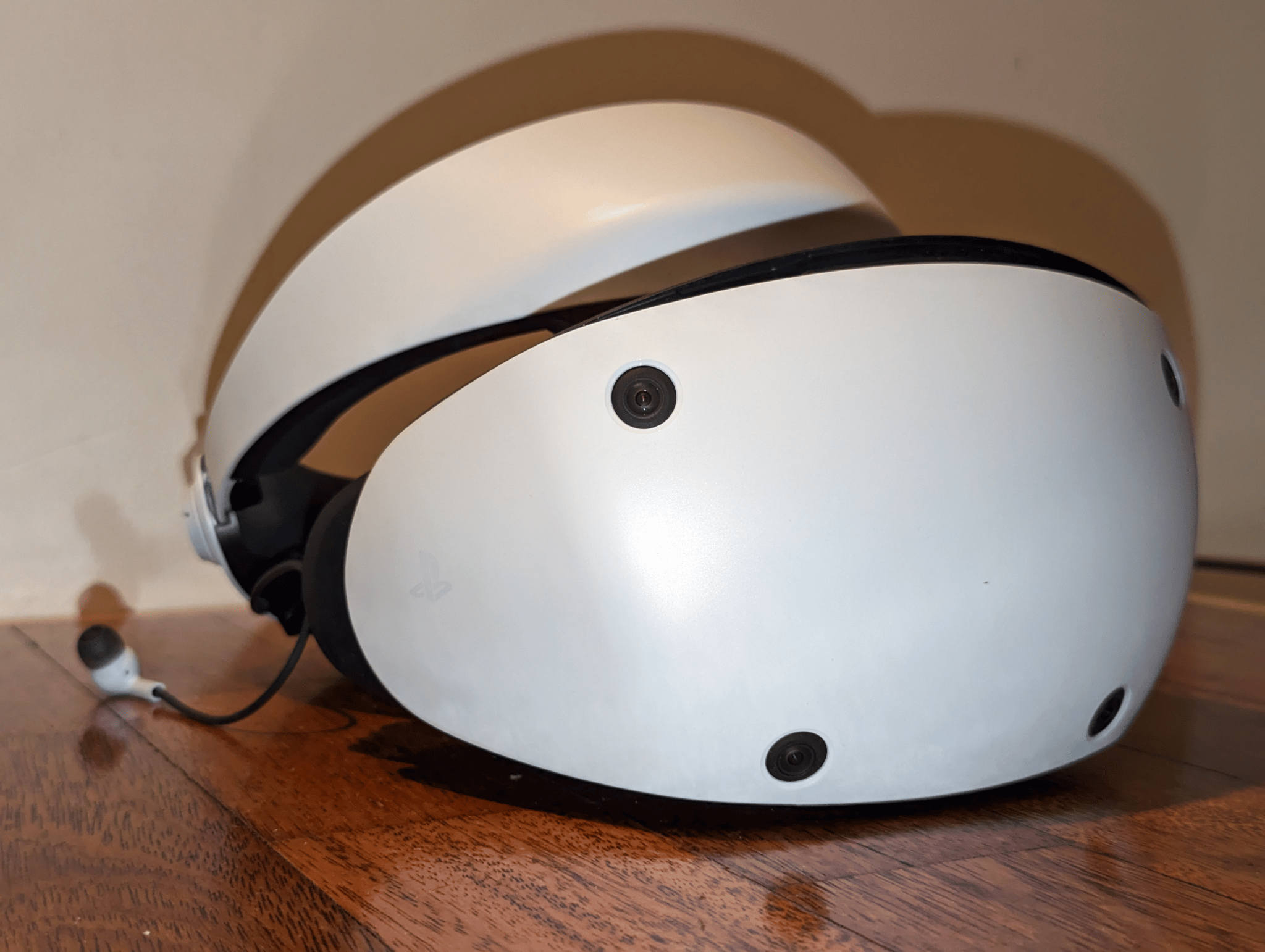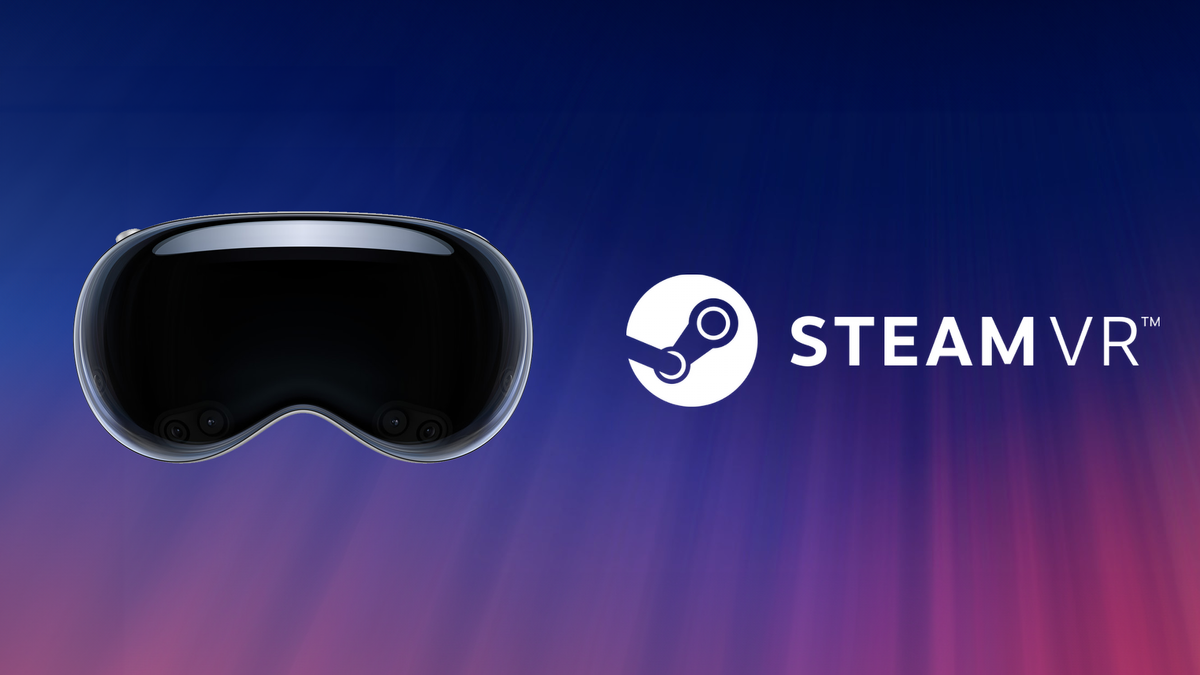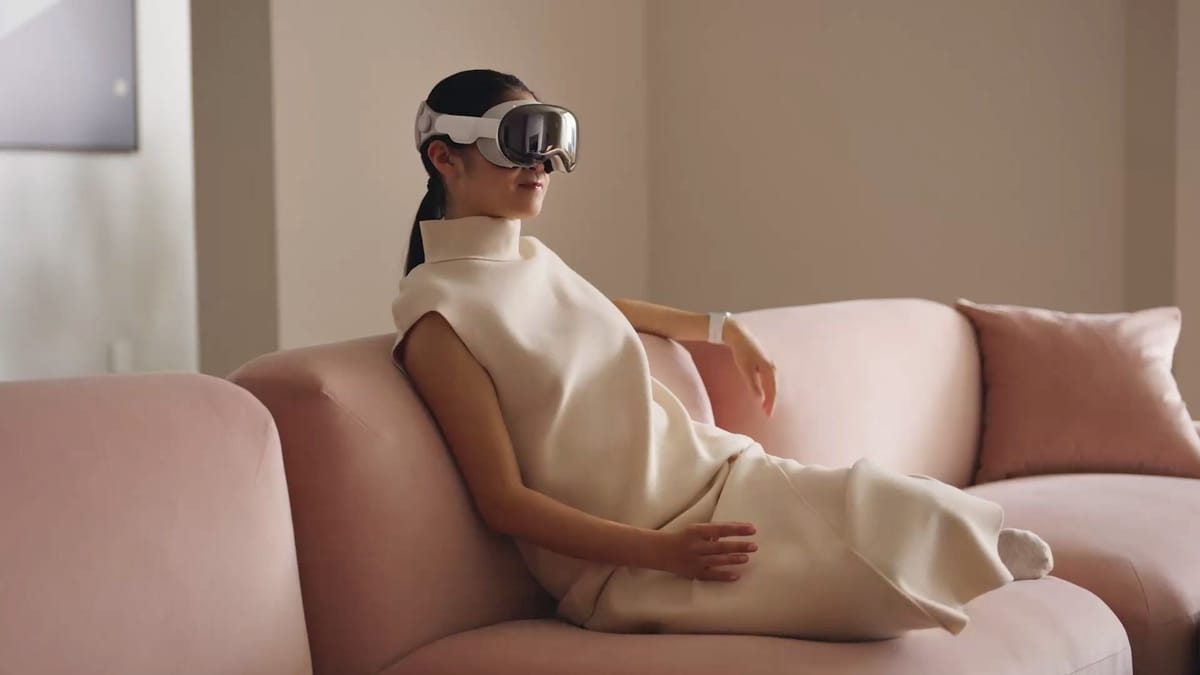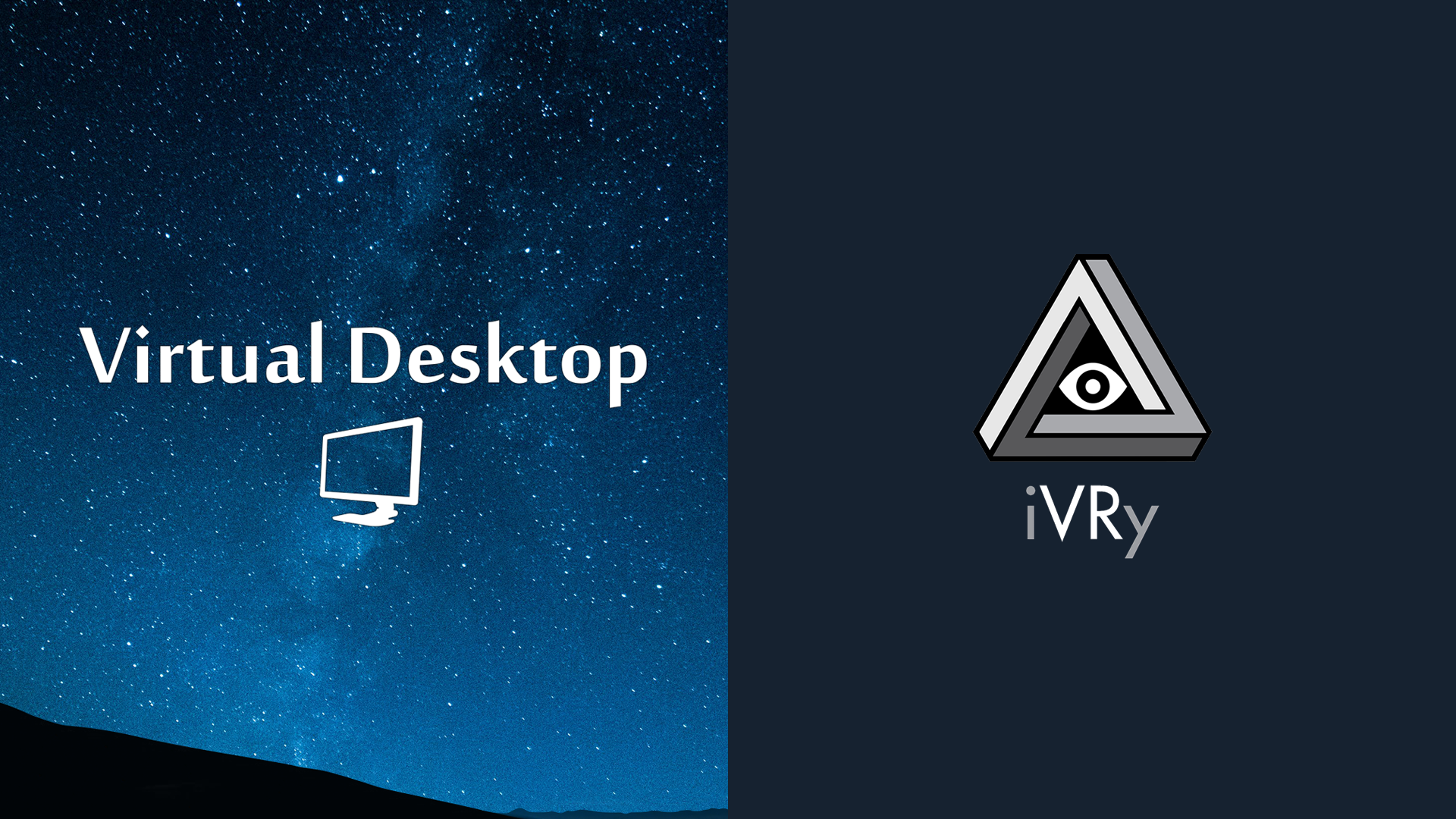Virtual Desktop and iVRy are both working on Apple Vision Pro ports.
These paid tools currently let you use non-PC VR headsets on PC, including on SteamVR. Virtual Desktop is available on Quest, Pico, and Vive XR Elite, while iVRy is available for Quest, Pico, Oculus Go, Samsung Gear VR, Google Daydream, iPhone and Android smartphones, and the original PlayStation VR. iVRy has also been working to support PlayStation VR2, though has discovered that this will require a custom hardware adapter. Virtual Desktop also lets you stream your desktop to a virtual monitor.

While both developers are working on Apple Vision Pro versions of their apps, don’t expect them to arrive any time soon.
Virtual Desktop developer Guy Godin cautioned that while he has a Vision Pro in his possession and is working on a port, the differences in the tech stack compared to Android-based headsets will make it “a lot more complicated” than previous ports such as to Pico and is “nowhere near” a release. He expects it to take longer than a few months.
iVRy’s developer cautioned that they don’t even have an Apple Vision Pro yet, so haven’t been able to test their code on-device yet. They expect to acquire a Vision Pro in April, after which they estimate a release will take a few weeks, barring some major unforeseen roadblock.
Neither developer has yet secured approval from Apple to launch on the visionOS App Store with immersive VR support, and we don’t yet know what Apple’s stance will be on immersive VR streaming.

Earlier this week a free open-source alternative, ALVR, was demonstrated working on Apple Vision Pro thanks to a port from a community member developer. The code is available on GitHub, so if you’re an Apple registered developer with a Mac you can compile it and run it right now.
The Controllers Problem
Keep in mind though that for any of these solutions, you won’t be able to play many SteamVR games by default. Most SteamVR content expects tracked controllers, and Vision Pro doesn’t include or support any.
You could add SteamVR Tracking base stations and Index controllers and use a tool like OpenVR Space Calibrator to manually align them. But that equipment would cost you around $600 if you don’t own it already, and the alignment would need to be performed each time.

If you’re not willing to do that, Vision Pro could still prove an excellent headset for use with untracked input devices, such as racing wheels for sim racing or HOTAS setups for flight simulators.






